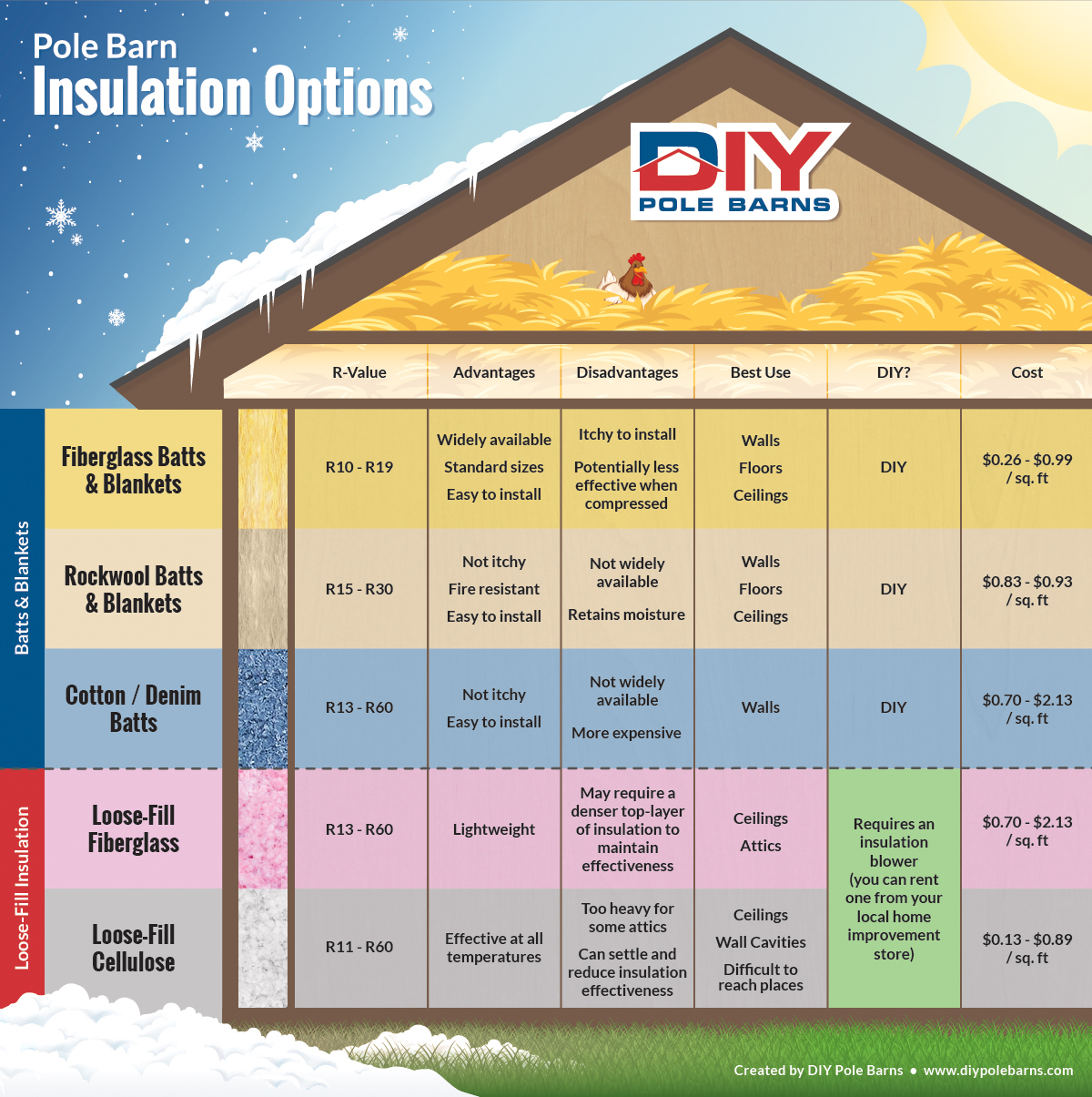When considering the most effective methods to heat a pole barn, one discovers a myriad of options tailored to various needs and preferences. As these versatile structures become increasingly common among hobbyists, farmers, and business owners alike, understanding the best approaches to heating can transform your pole barn into a comfortable workspace or sanctuary. Let’s explore the various methods available, their advantages, and how to assess the best options for your unique situation.
Understanding Pole Barn Heating Needs
Firstly, it’s essential to acknowledge that the heating requirements for a pole barn can vary significantly based on the intended use of the space. For example, if you utilize the structure as a workshop, the heating demands will differ from those of a pole barn used primarily for animal shelter or storage. Assessing the size, insulation, and purpose of your barn will greatly inform your heating strategy.
Insulation is perhaps one of the most vital factors to consider. A well-insulated pole barn will retain heat much more effectively than one that is not. Thus, investing in quality insulation materials for the walls, ceiling, and floor can significantly reduce heating costs and enhance efficiency.
Types of Heating Methods
Now, let’s delve into the various heating methods available, each boasting unique advantages and considerations.
1. Forced Air Heaters
Forced air heaters, often fueled by gas or electricity, work by blowing warm air into the space. These units are relatively quick to warm up a large area and can be an excellent choice for those looking for immediate comfort. Their simplicity and quick installation process make them appealing for many barn owners. However, one must consider the associated cost of fuel and the potential environmental impact, depending on the energy source chosen.
2. Radiant Heaters
Radiant heating systems, including electric and gas options, operate by heating objects and surfaces directly rather than warming the air. This approach results in a cozy and consistent temperature throughout the barn. Radiant heaters can be particularly effective in barns with high ceilings, where hot air generated by standard heating methods often collects at the top, leaving the lower areas chilly. While the upfront costs may be higher, the operational efficiency they provide can lead to significant long-term savings.
3. Wood or Pellet Stoves
A more rustic and often appealing method to heat a pole barn is through wood or pellet stoves. These stoves utilize biomass as a fuel source, presenting an eco-friendly alternative to fossil fuels. In addition to warming the barn, they create a charming atmosphere that can be cherished during winter days. Maintenance can require regular attention to ensure proper function and air quality, but the reward is often well worth the effort.
4. Heat Pumps
Heat pumps represent one of the most innovative solutions for heating a pole barn. These systems can both cool and heat, providing year-round climate control. While they typically require more significant installation investments, their energy efficiency is outstanding. They can lower operational costs over time, especially in regions with mild winters, as they utilize existing ambient heat rather than generating it through fuel combustion.
5. Infrared Heaters
Infrared heaters are another increasingly popular option, especially among those seeking energy-efficient solutions. These devices work by emitting infrared radiation, which directly warms objects and people within the barn without heating the surrounding air. This method can result in significant energy savings and is less wasteful compared to traditional heating systems, since heat is generated only where it’s needed. Their portability is an added bonus, allowing users to adjust their placement as needed.
Combining Heating Systems
Sometimes, the most effective approach to heating your pole barn lies in combining several methods. For instance, using a radiant heating system in conjunction with a forced air heater can tackle both comfort and efficiency. By layering heating techniques, it’s possible to achieve a balanced environment that meets your specific needs.
Considerations for Heating Your Pole Barn
Before deciding on the heating system for your pole barn, it’s crucial to evaluate several factors:
- Energy Source: Consider the availability and cost of different energy sources in your area. Some methods may be more accessible or economical than others.
- Environmental Impact: Think carefully about the environmental implications of your heating choice. Explore renewable energy options that align with your sustainability goals.
- Installation Costs vs. Running Costs: Weigh the initial investment against long-term operational costs. A cheaper upfront option might not always be the most economical over time.
- Maintenance Needs: Ascertain how much upkeep your chosen method requires and whether you’re equipped to handle it.
Conclusion
Ultimately, the path to efficiently heating your pole barn hinges on a thorough evaluation of your specific needs, available resources, and preferences. Whether you opt for the immediacy of forced air heaters or the cozy charm of wood stoves, informed decisions will yield a welcoming environment, regardless of the season. By considering insulation, heating methods, and key factors affecting your choice, you can create a pole barn that is not only efficient but also a cherished extension of your home or operation.
